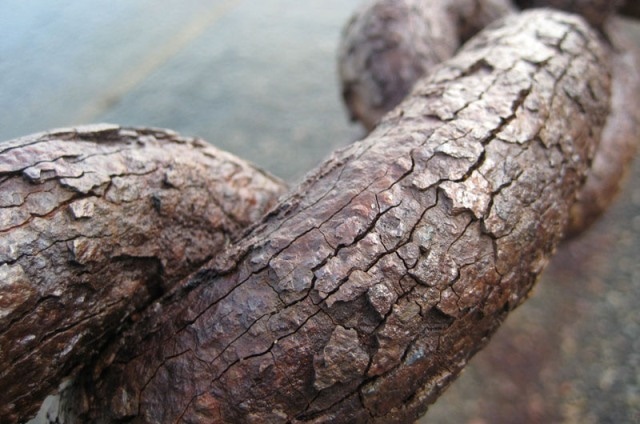May 26 2016
One of the hardest and highly heat-resistant substances on Earth is boride. However, just like many materials, this also oxidizes when exposed to high temperatures.
 Borides are hard, heat-resistant materials, often used for coating structures that will have to withstand high temperatures and high-pressure environments. But even the best borides are susceptible to oxidation — the chemical reaction that causes corrosion and rusting (Drexel University).
Borides are hard, heat-resistant materials, often used for coating structures that will have to withstand high temperatures and high-pressure environments. But even the best borides are susceptible to oxidation — the chemical reaction that causes corrosion and rusting (Drexel University).
Oxidation is basically the chemical reaction generally identified as rusting or corrosion. It indicates the end for the structural integrity of a material.
A collaborative team of researchers from Drexel University, Linkoping University in Sweden and Imperial College London have created an aluminum-layered boride whose distinctive behavior at elevated temperatures helps it to stay ahead of nature’s slow march toward elevated-temperature chemical degradation.
So remarkable is their apparent durability, that borides are applied as coatings for surfaces that have to endure the toughest environments ranging from cutting tools for hard metals to the inner side of combustion engines.
According to Michel Barsoum, PhD, professor in Drexel’s College of Engineering and lead author of the research published in the Scientific Reports journal, these borides can be made to perform much better.
This discovery is quite significant because it is the first example in the history of mankind of a transition metal boride that is quite oxidation resistant.
Michel Barsoum, who heads Drexel’s MAX/MXene Research Group in the Department of Materials Science and Engineering.
Barsoum and his team created their boride material, known as molybdenum aluminum boride (MoAlB), by combining a molybdenum-boron lattice with a double aluminum layer. The resulting material shows outstanding oxidation resistance at very high temperatures.
The contributing factor to this outstanding property is the nanolaminated structure of the material with alternating molybdenum boride and aluminum layers, a design the Drexel team has worked on since its development of MAX phases 20 years ago.
This resistance to oxidation is possible because of the presence of aluminum in layers between molybdenum and boron layers. When heated to high temperatures in air the aluminum atoms selectively diffuse to the surface and react with oxygen — forming a surface aluminum oxide, or alumina, protective layer that slows down further oxidation considerably. So the material forms its own protective coating.
Michel Barsoum
When tested, the team also discovered that the material preserves its high conductivity at extreme temperatures. Its melting point has not been established, but initial results have shown it to be more than 1400°C.
Barsoum estimates that because of these potential results, the research performed by his team paves the way for the progress of borides with ultrahigh melting point as well as oxidation resistance.
“Now we know we’re looking in the right place to make materials with this impressive set of properties,” said Sankalp Kota, a doctoral student in Barsoum’s research group and the paper’s first author. “Most people were trying to make the binary borides — materials with two elements — oxidation resistant by adding other phases and coatings. One reason we have been this successful at making materials with interesting properties has to do with the number of elements one starts with. With only two elements, it is difficult; with three or higher, the chance of producing a material with a new combination of properties is greater.”